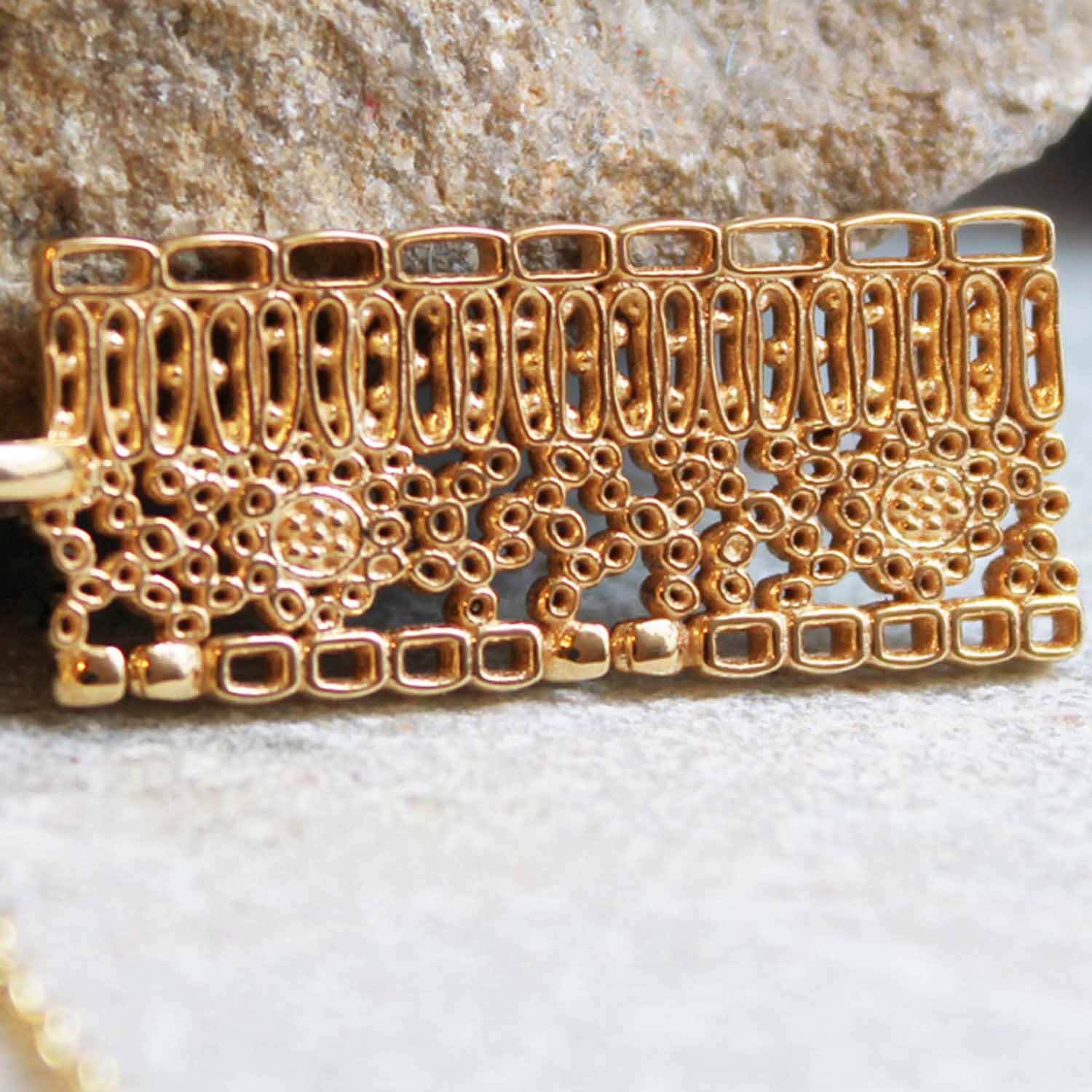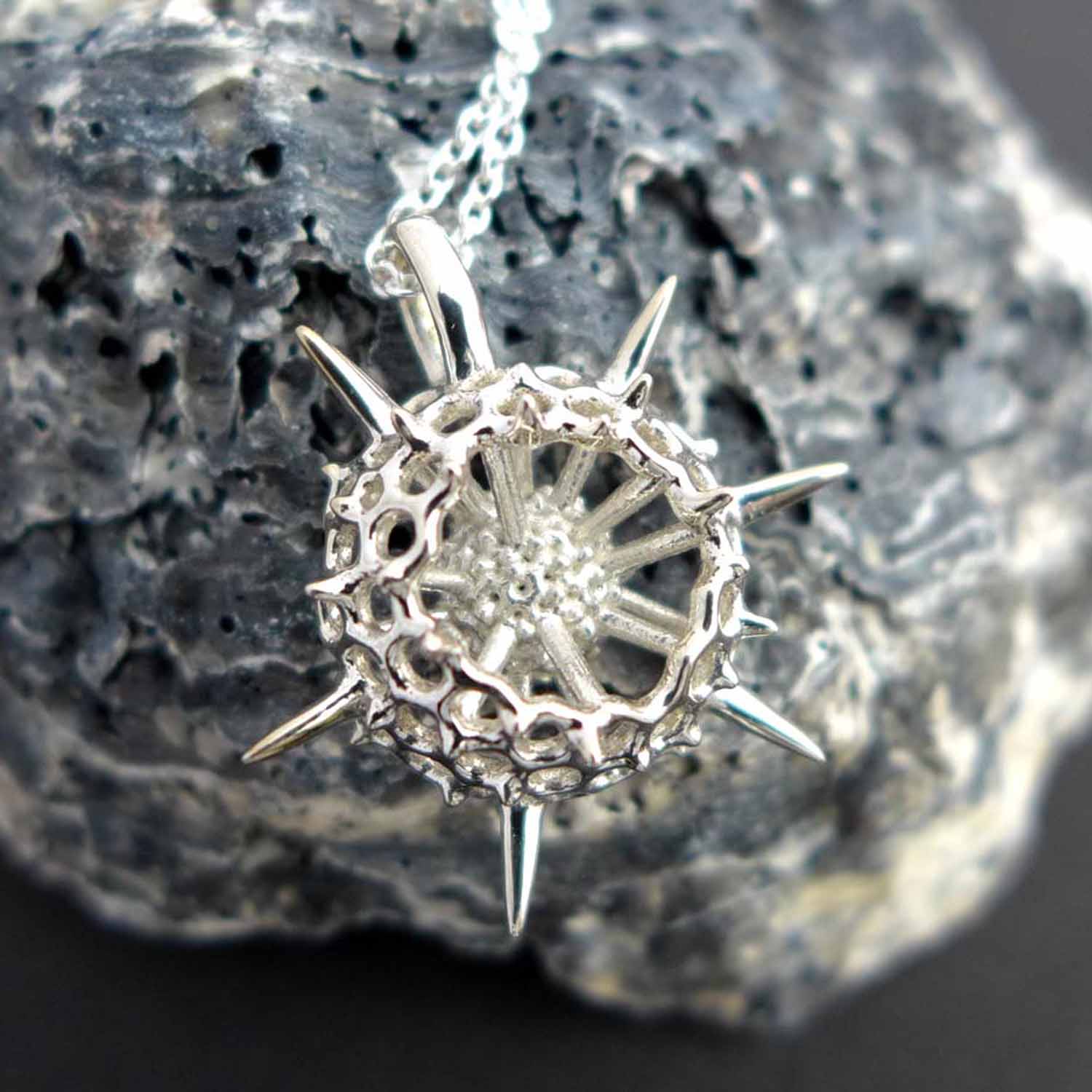Neanderthals, bejeweled
Computer-aided design plus 3D printing may be the most modern method of jewelry design and manufacture, but adorning yourself with pretty things for the pure joy of it is an ancient activity, dating as far back as the Neanderthals. Some 130,000 years ago in Europe, long before Homo sapiens arrived on the scene, Neanderthals were collecting eagle talons and making jewelry from them.
In the November 1, 2019 edition of Science Advances, A. Rodríguez-Hidalgo and coworkers describe a fossilized eagle talon bone found in the Foradada cave of Spain. Dating to roughly 39,000 years ago, the fossil shows cut marks consistent with the deliberate removal of the talon from the bird's foot with a stone tool (see their image on the left).  In addition, 12 other bones of the Iberian imperial eagle were found at the site but were not associated with feathers or cooking remains, suggesting that the eagles were captured solely for decorative purposes and not for food.
In addition, 12 other bones of the Iberian imperial eagle were found at the site but were not associated with feathers or cooking remains, suggesting that the eagles were captured solely for decorative purposes and not for food.
 In addition, 12 other bones of the Iberian imperial eagle were found at the site but were not associated with feathers or cooking remains, suggesting that the eagles were captured solely for decorative purposes and not for food.
In addition, 12 other bones of the Iberian imperial eagle were found at the site but were not associated with feathers or cooking remains, suggesting that the eagles were captured solely for decorative purposes and not for food.Evidence of Neanderthal eagle talon jewelry has also been found in Croatia.  David Frayer and colleagues reported in 2015 in PLOS One that 8 talons collected from the Krapina Neanderthal site had cut marks as well as polishing facets and abrasions (shown in this image from their paper). Three of the talons were modified with notches at the top, suggesting that they had been assembled into some sort of necklace.
David Frayer and colleagues reported in 2015 in PLOS One that 8 talons collected from the Krapina Neanderthal site had cut marks as well as polishing facets and abrasions (shown in this image from their paper). Three of the talons were modified with notches at the top, suggesting that they had been assembled into some sort of necklace.
 David Frayer and colleagues reported in 2015 in PLOS One that 8 talons collected from the Krapina Neanderthal site had cut marks as well as polishing facets and abrasions (shown in this image from their paper). Three of the talons were modified with notches at the top, suggesting that they had been assembled into some sort of necklace.
David Frayer and colleagues reported in 2015 in PLOS One that 8 talons collected from the Krapina Neanderthal site had cut marks as well as polishing facets and abrasions (shown in this image from their paper). Three of the talons were modified with notches at the top, suggesting that they had been assembled into some sort of necklace.Since eagles are not easy to find and catch, the Neanderthals may have had more sophisticated hunting and concentration skills than we've given them credit for. That they also appreciated the symbolic beauty of an object and not solely its functionality is a new insight into the Neanderthal brain.
Here at Ontogenie, we celebrate the creative spirit of our broad-browed grandfathers and grandmothers, and look forward to new discoveries in the archaeology of jewelry.






Leave a comment